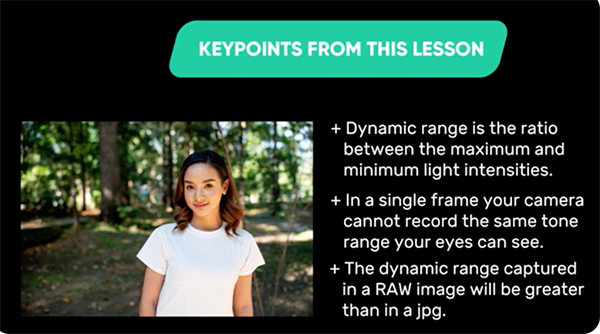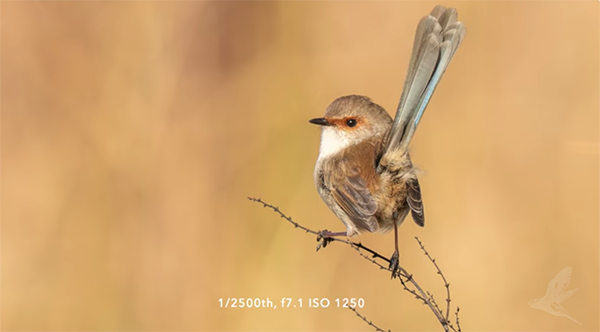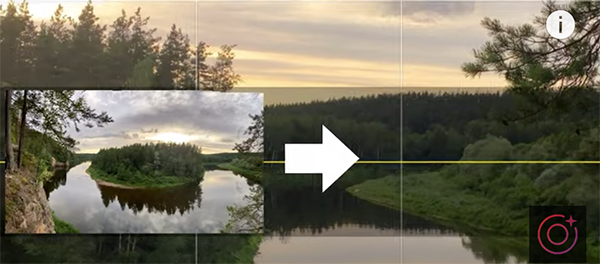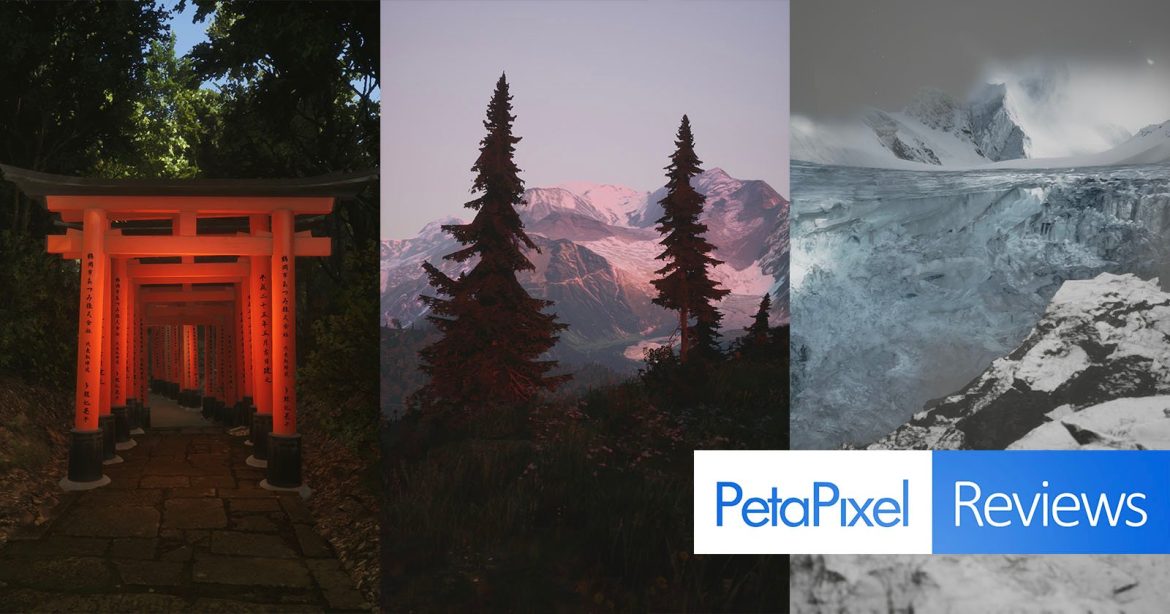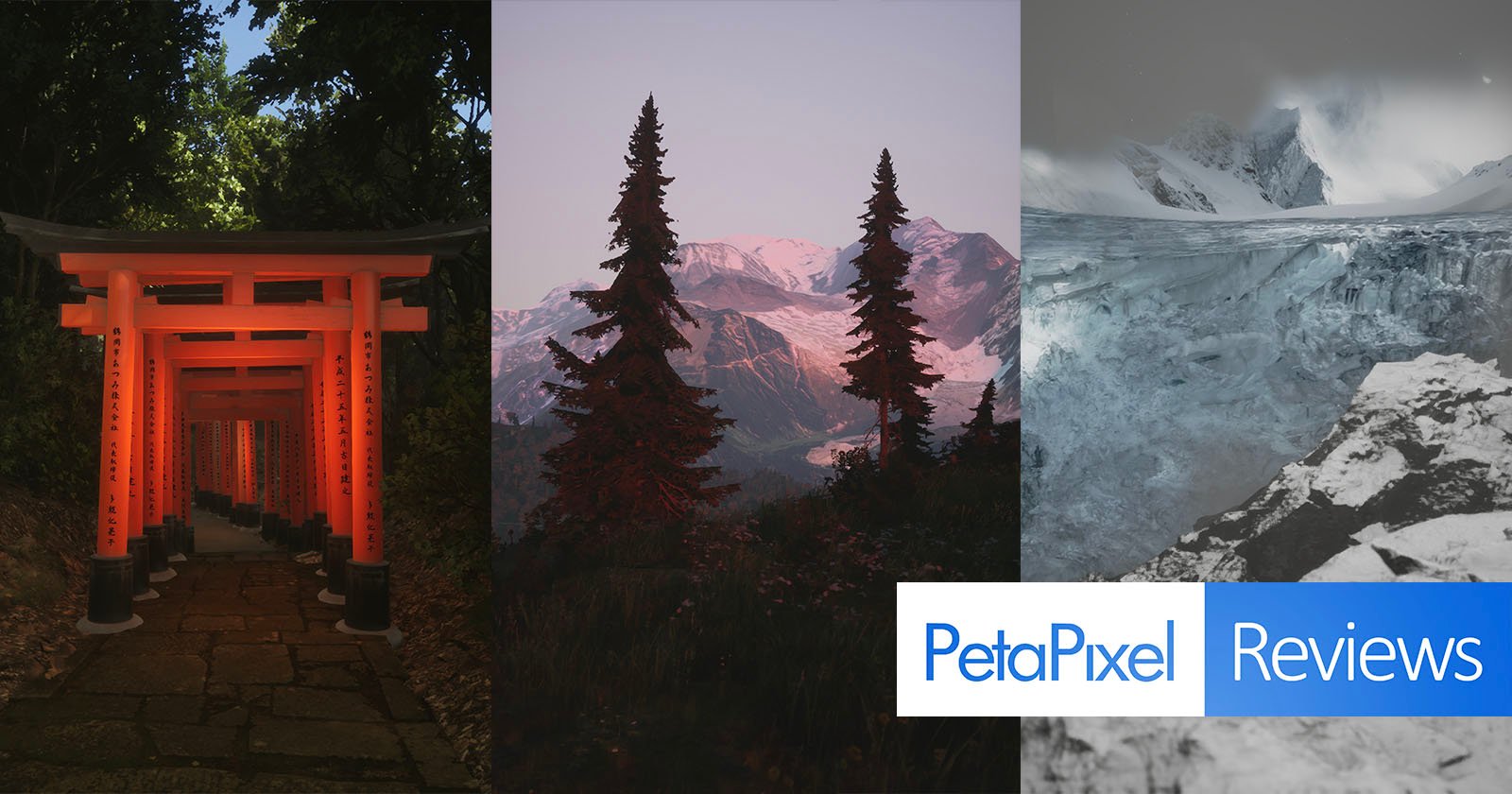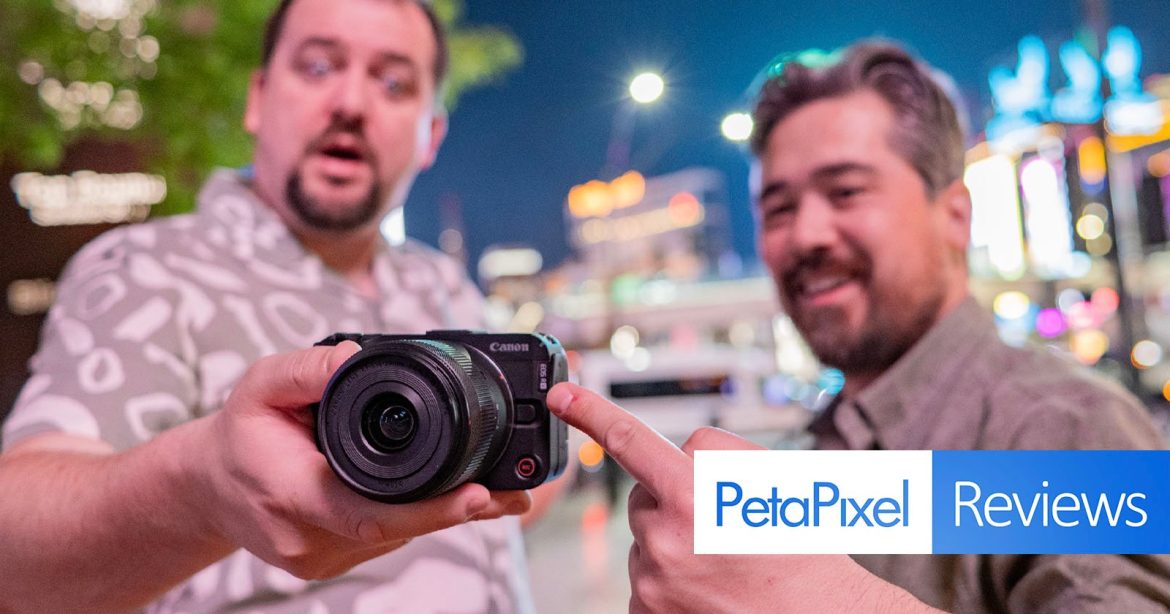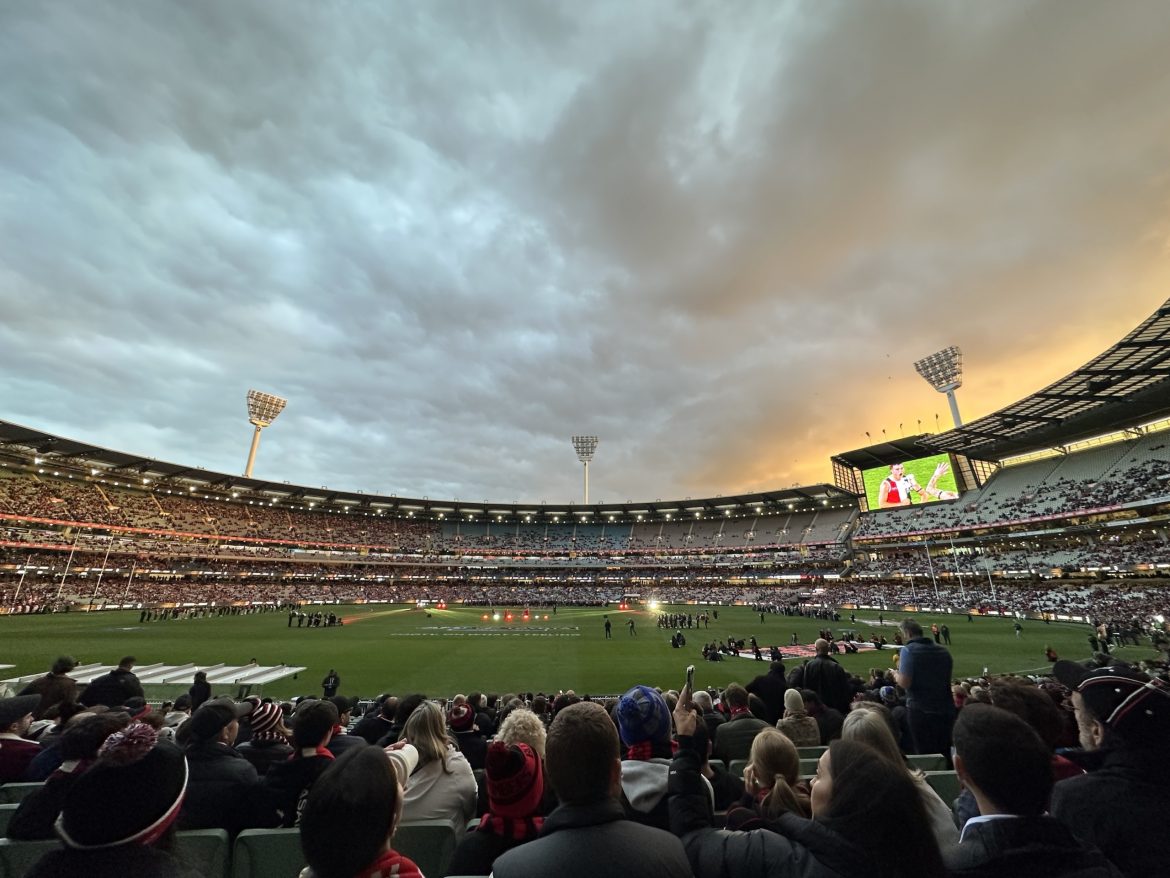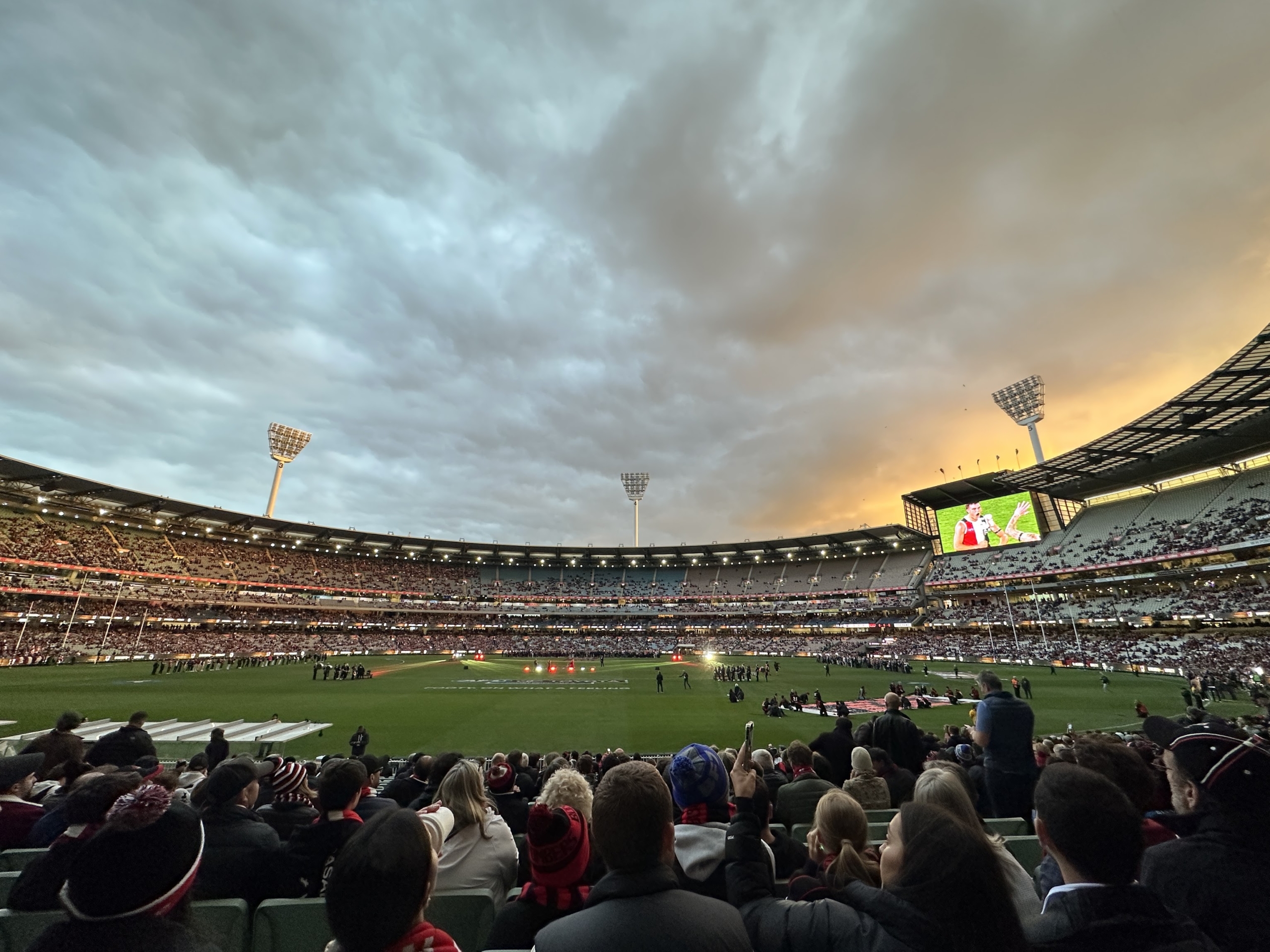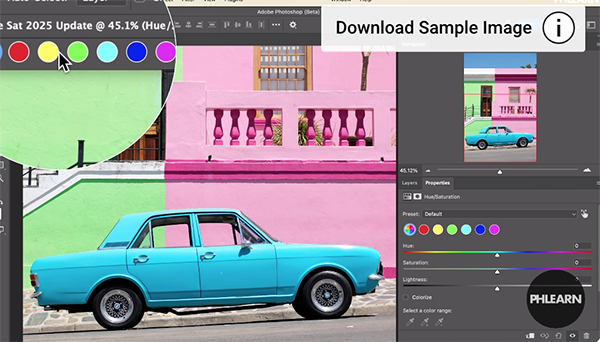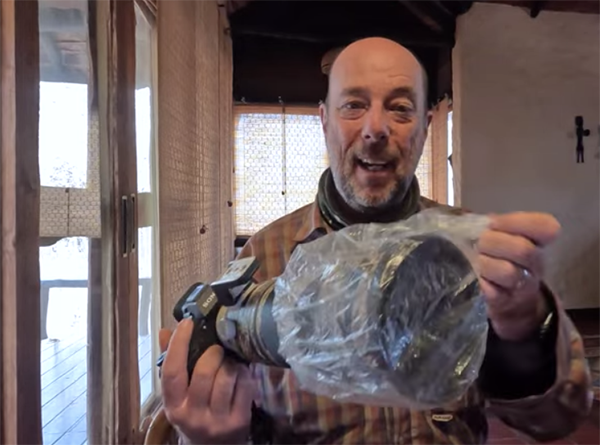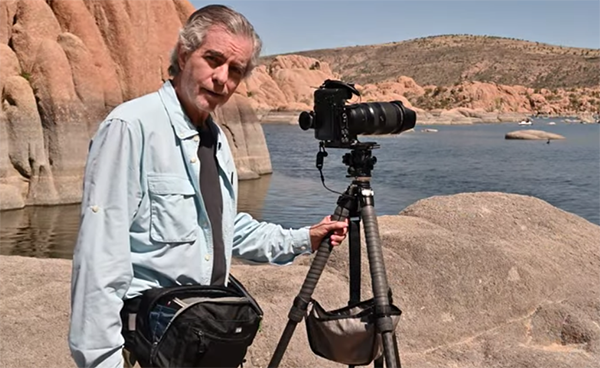The post Low Light Sports Photography appeared first on Digital Photography School. It was authored by Darren Rowse.
This week I got an email from a reader who wrote the following question about ‘low light sports photography’.
“I am about to move from Point and Shoot to DSLR. I will receive my Nikon D50 in two days. I want to practice by taking sports photos at my co-workers softball games. They play at night under the lights. Is there anything I should know about that type of lighting. Flash or no flash? White balance? Thanks”
Here’s how I replied:
Hi there (name withheld) – you must be excited! I still remember the days before my Canon 20D arrived!
Ok – my approach to lowlight sports photography:
It’s hard to get right. The combination of distance from your subject (makes flash less effective), the low light and the speed that sports brings to your subject make it very difficult.
Experiment – As a result the key is to experiment lots during the session. I’d say try using flash, try shots without it, try playing with different settings (see below). The great thing about digital cameras is that you can take almost unlimited shots and don’t have to worry about cost. Take loads of shots at different settings and you’ll find yourself learning as you go and honing in on what works best in the situation you’re in.
Try your Flash – I’m not sure if you have an external flash or you’ll just be relying upon the camera’s built in one but the inbuilt one will probably not be too effective unless you’re up close. Give it a go though, you might be surprised. An external flash will be more powerful but I find in most stadiums there is enough light to shoot without flash and that with many sports it’s actually either not allowed or not appropriate to use them as they can distract the competitors.
Shutter Speed – Ideally with sports you need a fast shutter speed to freeze the motion of your subjects. Unfortunately this means less light gets in so depending upon how light the field is you might need to slow it down (and then you’ll get blur). To have some control of shutter speed select your cameras shutter speed priority mode and choose the quickest speed that it will allow you to choose.
ISO – this is probably the feature you’ll want to play with the most. I don’t know if you’ve ever used film cameras and noticed much about ISO but it’s about how sensitive the film is. The higher the number the lower the light you could shoot in. The downside was that the higher the number the grainier your shots turned out. The same applies with digital. You can increase your ISO and this will enable you to shoot at faster shutter speeds. The cost is that you’ll get grainier shots (‘noise) the higher you go. Again – the key if you’re playing with a new camera is to experiment. Learn how to change ISO before you go out and shoot off different shots at different ISO
Lenses – again, not sure what lens you have or if you have more than one but another way to speed up your camera which will enable shooting in low light is to get a ‘fast’ lens( a lens with a larger aperture).
The lower the aperture that you shoot at the more light your lens allows into your camera (and the quicker the shutter speed will be) – and as we know a quick shutter speed makes capturing a moving subject easier).
One of the consequences of shooting a larger aperture is that you’ll get a shallower depth of field which can really add to a photograph but also means you really need to watch your focussing as if you happen to focus slightly off your subject they will appear very out of focus.
This might factor into future considerations for purchases. Often the kit lens that comes with a DSLR is a lower quality lens and not as fast. I’m not sure what D50’s ship with in your part of the world but most ship with something in the f/5.6 aperture range. If you are going to be taking a lot of lower light situation shots you might want to consider buying a second lens at some point that has a lower f/number. I’m not too familiar with Nikon lenses but I know in Canon you can get one that is as fast at f/1.2 (its an 85mm lens) which reportedly will let you shoot in light approaching candle light.
White Balance – shooting in low light usually means you have some sort of artificial light going on which can make your photos come out in all kinds of different shades (you might have noticed sometimes images shot in low light come out with a yellow or greenish tinge to them). ‘White Balance’ is the function in your camera that tells your camera what’s white in your shot so that it can make adjustments to get the right balance in your other colors. Read your camera’s manual on white balance and learn how to experiment with it and you can significantly change the temperature of your photos.
Image Stabilization – the other way to get a lens which will shoot in low light is to look for one with IS (image stabilization). This will let you drop your shutter speed down lower. Of course this isn’t ideal for sports shots as they move too fast, but if you are shooting still subjects in low light it’s very useful.
Sports Mode – most digital cameras come with a built in ‘sports mode’. This usually does a reasonable job of optimizing aperture, shutter speed and ISO to give you the best shot for the conditions you’re in. I find that it works best in well lit situations however and that experimenting manually with the above factors is more effective in low light.
Tripod – lastly, a tripod, monopod or some other stable surface will help a lot also as it’ll help cut down on camera shake if you have to resort to slow shutter speeds.
I’m not sure that really solves all the challenges you face in shooting sports in low light (as I say it’s tricky) but I hope it at least gives you some options to think about and experiment with.
As I say – the key I’ve found is to shoot LOTS of shots at different settings, especially in the early days of your experience with your DSLR.
Happy Shooting.
-
GENERAL
-
SETTINGS
-
LIGHTING
-
GEAR
-
ADVANCED GUIDES
-
-
-
-
-
Low Light Sports Photography
-
-
-
-
POST-PROCESSING
var dpsTopics = {
id: 28,
titles: [] };
The post Low Light Sports Photography appeared first on Digital Photography School. It was authored by Darren Rowse.


